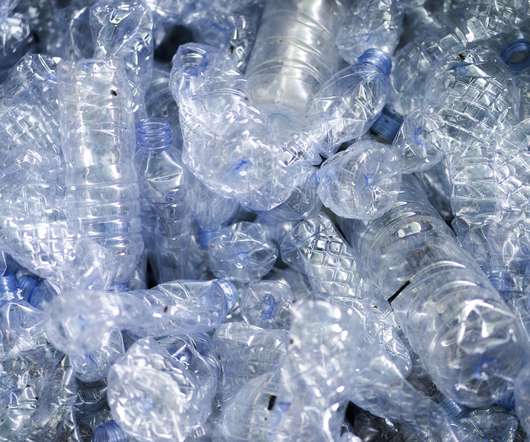In Wake of COVID-19, USEPA Allows On-Site Inspections to be Replaced by Off-Site Monitoring Activities
Environment Next
AUGUST 4, 2020
Instead, EPA will allow state agencies to meet inspection requirements through alternative means including: postponing inspections until they are determined to be safe when possible, using off-site compliance monitoring, and off-site inspections.





















Let's personalize your content